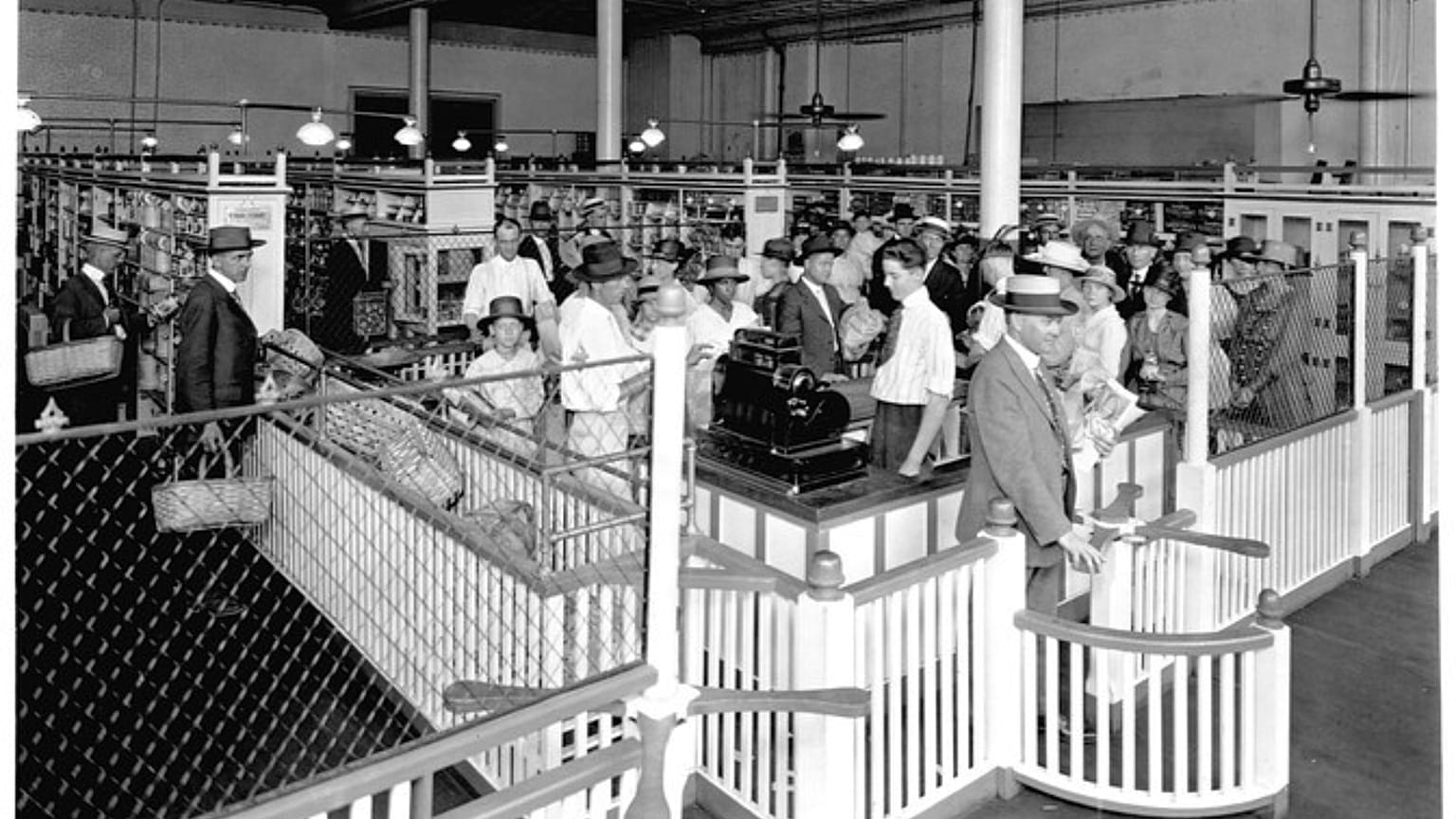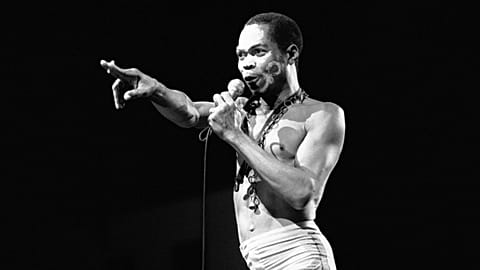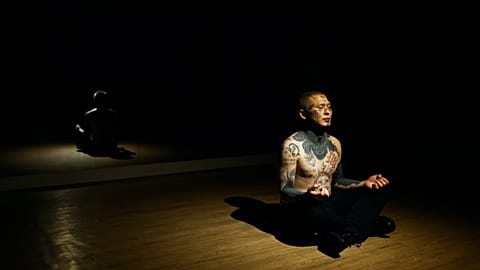6 September 1916: The birth of the supermarket
One of the most definitive moments in defining the culture of the 20th century first arrived in 1916 in the United States with the birth of the supermarket.
You may laugh, but few places have come to define the image of the dawning modern world more. Founded on this day, the first Piggly Wiggly supermarket was situated in Memphis, Tennessee.
What made Piggly Wiggly the first supermarket? It allowed customers to serve themselves. Until then, customers would go into grocery stores with a list of the items they wanted and an employee would gather what they wanted for them. Aiming to cut staff costs, Piggly Wiggly founder Clarence Saunders allowed customers to choose the items for themselves.
Saunders registered the patent for a self-serving store in 1917 and his idea blew up. He franchised Piggly Wiggly and had 2,660 stores across the US at its peak in 1932. The supermarket continued to innovate, becoming the first to introduce shopping carts in 1937.
Piggly Wiggly’s innovations to the shopping experience have come to define shopping in the 20th century and now. The 20th century’s shift to modernity was defined by an increasing desire for individuality. Along with the growth of feminism, the civil rights movement and the swinging 60s, this was the shopping experience for the empowered individual. The latter half of the 20th century in the US was about opulence as well. Where else could that be found than in the endless aisles of a supermarket?
Fittingly, this is a trend that has been noticed by many artists. Here are some of our favourite examples of supermarkets showing up in contemporary culture.
Cucumber
Every episode of 'It's A Sin' and 'Doctor Who' writer Russell T Davies’ phenomenal TV show ‘Cucumber’ started with a scene in a supermarket. As part of his excellent three-show spectacular of ‘Cucumber’, ‘Banana’ and ‘Tofu’, Davies interrogated many aspects of queer life in modern Britain.
For the main show ‘Cucumber’, Davies used the supermarket as a vehicle to check in on main character Henry. “Calm measured moments where you get to know Henry” were Davies’ idea for the supermarket. Davies understands that it’s in this quotidian place that is nonetheless essential, that we are at our most human in day-to-day life.
It’s a stunning show when it’s not in a supermarket as well.
White Noise
Supermarkets feature heavily in Noah Baumbach’s 2022 adaptation of the towering Don DeLillo novel, White Noise. Whether its Hitler studies professor Jack Gladney (Adam Driver) discussing modern life with Elvis studies professor Murray Sisking (Don Cheadle) to the amusing final scene, a dance number to an LCD Soundsystem, Baumbach knows that there’s something about the setting of a supermarket that defines the existential terror of the 80s.
Full of anxiety, our consumerist culture is defined by what it can purchase, DeLillo suggests. This postmodern fever dream of a film is a bit hit-and-miss but some of its finer moments come when the blackly comic cynicism is on full display, much like products on the aisle of your favourite store.
Convenience Store Woman
The 2016 novel by Japanese writer Sayaka Murata is one of the most unique novels you’ll ever read. Based on Murata’s own experiences working in a convenience store, the book follows Keiko Furukura, a 36-year-old woman with seemingly no ambition to do anything other than live out her days working in a local store.
Keiko meets a man who also has little ambition and together they find a way to exist in our peculiar world, eschewing the pressures of modern life. It’s a fascinating look at someone rejecting social requirements while working right inside one of modernity’s defining features.


















